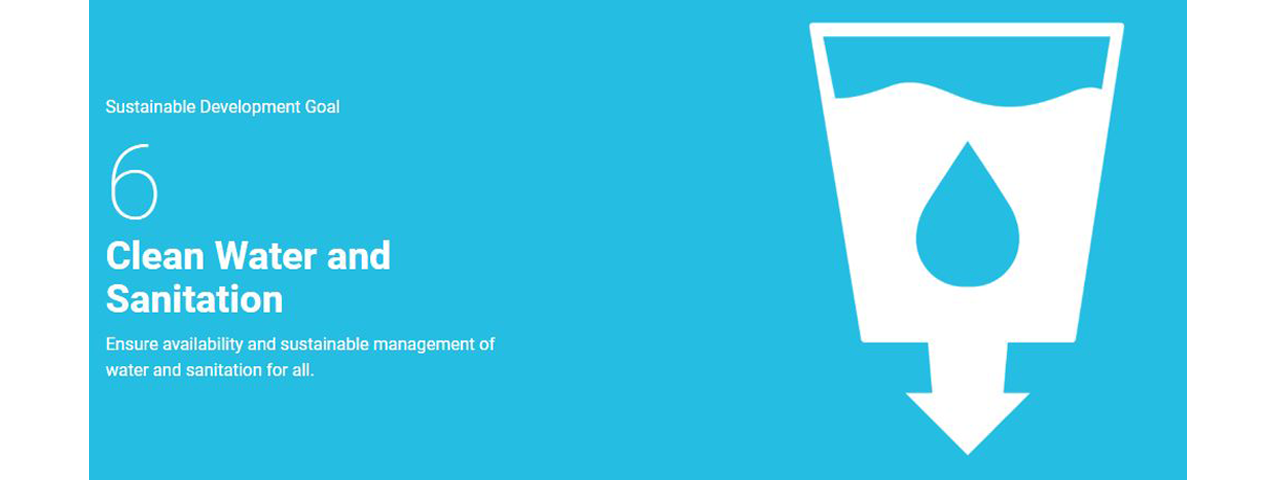
SDG 6 is to: "Ensure availability and sustainable management of water and sanitation for all".The eight targets are measured by 11 indicators. The Joint Monitoring Programme (JMP) of World Health Organisation WHO And United Nations International Children's Emergency fund UNICEF reported in 2017 that 4.5 billion people currently do not have safely managed sanitation. Also in 2017, only 71 per cent of the global population used safely managed drinking water, and 2.2 billion persons were still without safely managed drinking water. With regards to water stress: "In 2017, Central and Southern Asia and Northern Africa registered very high water stress – defined as the ratio of fresh water withdrawn to total renewable freshwater resources – of more than 70 per cent". Official development assistance (ODA) disbursements to the water sector increased to $9 billion in 2018. Evidence shows that both supply- and demand-side interventions financed by aid can contribute to promoting access to water, but consistent long-term investments are needed.
The six "outcome-oriented targets" include: Safe and affordable drinking water; end open defecation and provide access to sanitation, and hygiene, improve water quality, wastewater treatment and safe reuse, increase water-use efficiency and ensure freshwater supplies, implement IWRM, protect and restore water-related ecosystems. The two "means of achieving" targets are to expand water and sanitation support to developing countries, and to support local engagement in water and sanitation management.
Ain Shams University
Policy of Water Reuse
Content: -
- Introduction
- Vision
- Objective
Water reuse
Does your university as a body have a policy to maximize water reuse across the university?
The university developing for water reuse plans in main campus by 2020, and in all campus by 2030. Further, it targets reuse of 20% of treated sewage by 2021, and 50% reuse by 2030.
Water Policy-2020 to maximize the collection and treatment of sewage generated and reusing the treated wastewater on a sustainable basis, thereby reducing dependency on freshwater resources and to promote treated wastewater as an economic resource.
University Vision for Water Reuse.
“The policy envisages maximizing the collection and treatment of sewage generated and reusing the TREATED WASTEWATER on a sustainable basis, thereby reducing dependency on freshwater resources and to promote TREATED WASTEWATER as an economic resource”.
OBJECTIVES
The policy lays down the following objectives:
(i) To attain a minimum coverage of 60% of the area with sewerage facilities and collection of sewage in all the campus of the university.
(ii) To attain a level of 100% treatment of collected sewage
(iii) To reuse at least 25% of the TREATED WASTEWATER by every Municipality within the time frame set under the policy by every municipal body.
To reuse 30% of TWW by 2025
To reuse 50% TWW by 2030
Similar target for villages where sewerage facilities are being provided will be decided accordingly.
.svg)
